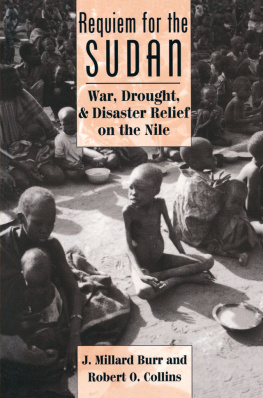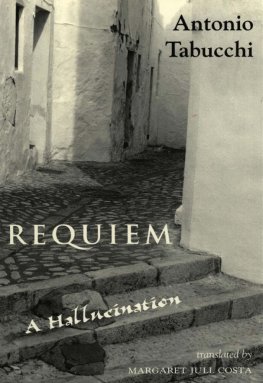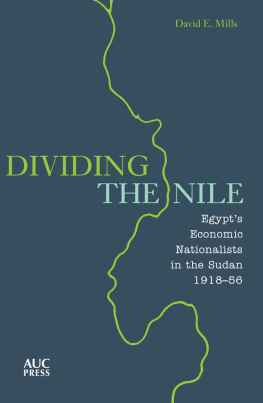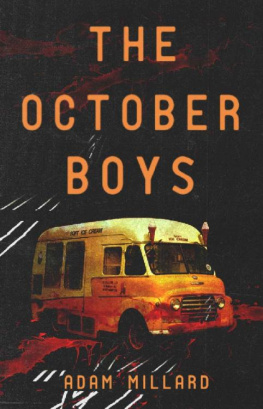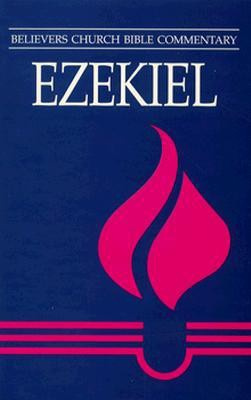First published 1995 by Westview Press
Published 2018 by Routledge
711 Third Avenue, New York, NY 10017, USA
2 Park Square, Milton Park, Abingdon, Oxon OX14 4RN
Routledge is an imprint of the Taylor & Francis Group, an informa business
Copyright 1995 Taylor & Francis
All rights reserved. No part of this book may be reprinted or reproduced or utilised in any form or by any electronic, mechanical, or other means, now known or hereafter invented, including photocopying and recording, or in any information storage or retrieval system, without permission in writing from the publishers.
Notice:
Product or corporate names may be trademarks or registered trademarks, and are used only for identification and explanation without intent to infringe.
Library of Congress Cataloging-in-Publication Data
Burr, Millard
Requiem for the Sudan : war, drought, and disaster relief on the Nile / J. Millard Burr and Robert O. Collins
p. cm.
Includes bibliographical references and index.
ISBN 0-8133-2120-4 ISBN 0-8133-2121-2 (pbk.)
1. SudanPolitics and government1985- . 2. Disaster relief Sudan. I. Collins, Robert O. II. Title.
DT157.5.B87 1994
363.3'48'0962409048dc20
94-18552
CIP
ISBN 13: 978-0-8133-2121-9 (pbk)
J. Millard Burr began his investigation of drought in the African Sahil in 1982, working in the Office of the Geographer, U.S. Department of State. Robert O. Collins has written on the history of the Sudan for more than thirty years. This book is a collaborative effort in every sense, in that we have brought together the specialized knowledge from different perspectives and disciplines in an attempt to illuminate the complex and tangled course of events over the past troubling decade in the Sudan.
In 1988 the late Charles Gladson, director of the Africa Bureau, U.S. Agency for International Development, invited Millard Burr to take the position as logistics director in the USAID-Sudan mission. Gladson was incensed that the international response to the devastating 1988 famine in Southern Sudan had been so tardy and so inadequate. With the inception in March 1989 of UN-sponsored Operation Lifeline Sudanan entirely new approach to the distribution of humanitarian assistance in a nation at war with itselfMillard Burr accumulated a massive amount of material on the famine itself and on the markedly successful relief effort. When the civilian government of Sadiq al-Mahdi was overthrown by a military coup in June 1989, we began to follow closely the activities of the Revolutionary Command Council and of those civilians who supported its totalitarian aims. Many unpublished U.S. Foreign Broadcast Information Service transcriptions and translations of Sudanese radio and news reports were collected. Meanwhile, beginning in 1988 the Agency for International Development scanned the domestic and international press daily and for nearly two years provided news reports on the Sudan to its USAID mission in Khartoum. In Khartoum employees of various international nongovernmental organizations (especially UN personnel) and private voluntary organizations provided copies of studies, minutes of meetings, trip reports, and a multitude of ephemera. Many individuals continue to send reports on a variety of Sudanese issues.
Writing the dark history of the famine and civil war recounted here was largely possible because of our access to such documents, most of which are unlikely ever to be made public. They graphically revealed the tragic human consequences of the failure of conflict resolution, of organizational mismanagement, and of a government hostile toward its own people.
We wish to acknowledge the many Sudanese who have provided us with support, information, and a knowledge of their cultural aspirations and hopes for a better future in a land plagued by war and drought. We would also like to thank our editors at Westview Press, Barbara Ellington, who championed the project and offered many useful suggestions, and Shena Redmond, who shepherded the manuscript through the production process with care and finesse. We are particularly grateful to Sharisse Baltimore and Alverta Scott, whose computer skills were essential in preparing the manuscript for publication. We also wish to acknowledge the splendid cartography of Brett Buyan, Keith A. Farnsworth, and Stephen Kirin of the University of California, Santa Barbara, Digital Cartographic Laboratory under the direction of Professor David Lanter, whose maps are contained in this volume. Finally, we must thank Roger Winter, director of the U.S. Committee for Refugees, for making the committee's photographic library available to us; thanks also to Renee Bafalis for the photos she provided.
Politicians, bureaucrats, military officers, Sudan People's Liberation Army officials (past and present), and scores of employees of indigenous, international, and U.S. aid organizations provided material for this book. Nothing would give us greater pleasure than to identify our benefactors. Very soon, inshallah, we will all celebrate the return of peace to the great nation, Sudan.
J. Millard Burr, Sonoita, Arizona
Robert O, Collins, Santa Barbara, California
July 1994

